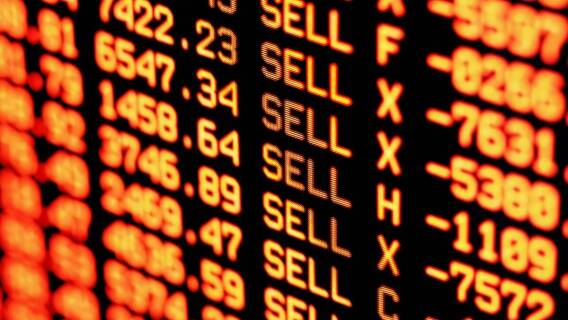As I have written in the past, my favorite order flow signal is the repeated big buyer, for whom price is no issue.
For example, you may see a large option trade in a particular security, and then later that afternoon, a trader (very likely the same trader) buys 5,000 calls and this trader is paying more for calls further out of the money. I really like this action.
Another example is when I entered into a bullish position in an airline stock after my scanner picked up widespread call buying in airline stocks. The Airline Sector had been weak, but I liked the risk/reward in entering into a position based on the call activity in the sector. Similarly, the Cruise Line sector had been weak. However, much like the airline call buying, there was a buyer of 10,000 calls of one stock, and 17,800 for another. I would be willing to guess with a high degree of certainty, because of the similarity of the trades, they were made by the same trader.
[text_ad]
One signal that catches my attention is when I see big options order flow in stocks that rarely see option activity.
This type of activity always raises red flags as these trades are far in excess of typical trading activity and don’t make sense to me. That said, trades that stick out, and don’t make sense, are sometimes the trades that are made with some “information,” and I watch these stocks for continued bullish activity.
I was recently asked a great question about order flow signals and sizable trades. The question essentially was, “How can a trader buy or sell 25,000/50,000 option contracts when there is no open interest and the bid/offer only shows a fraction of that size?” This question takes me back to my time on the trading floor as a market maker, and then later running a trading desk.
For nearly 10 years I stood in the trading crowds on the CBOE. It was my job to make markets on the options that traded in my trading crowd. So if a broker came into the crowd and asked for a market on EMC or Google options it was my job to provide liquidity for the broker. At the start of my trading career, I would typically make markets to trade 100-500 contracts at a time. Later in my career, when I was running several trading crowds at a time, it was my job to make the biggest and tightest markets in the world. At that point I would make markets for 5,000-10,000 contracts.
As the trading floors began to wind down, I took my team off the floor and we began making markets for the banks and hedge funds via instant message and via phone. For example, Goldman Sachs might send me an instant message and ask for a market on Bank of America calls. I would give them my market, knowing that they were also getting markets from other trading desks and hedge funds. If I made the best market, and with the size they needed, then we would make the trade through a broker off the trading floor.
Having agreed on a price/size for this trade, in which I would have been selling 10,000 BAC Calls, I would figure out how to best hedge such a trade. I could simply buy 500,000 shares of BAC as a hedge, or perhaps buy calls in other bank stocks such as Wells Fargo or Citigroup. That is how trading desks are able to make such big trades.
Then there are other signals I notice. For example, the S&P 500 gains approximately 1%, but you see a mixed directional bias of option activity. Typically, when the market is racing higher, my order flow list is weighed heavily towards calls vs. puts. But in this case, my list is split almost 50/50. This may be attributed to hedging, or outright bearish bets.
All this said, if the right opportunity presents itself, don’t be afraid to put on another position, even if the market seems volatile.
What are your favorite bullish options signals?
[author_ad]
*This article is periodically updated to reflect market conditions.

